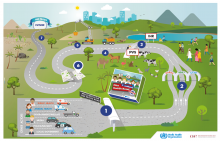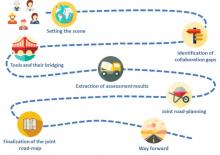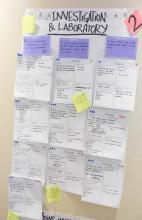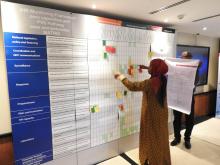Bringing the human and animal health sectors closer: The National Bridging Workshop
Dar es Salaam, 16 - 18 October 2017: Human health and animal health have been intertwined since time immemorial. Despite the link and the knowledge that especially a sick animal have a negative impact on human health, over the years, the two sectors have been working separately. It is known that the over sixty percent of emerging, re-emerging, and endemic human diseases have their origins in animals. It is therefore important that all stakeholders in human and animal health come together and build on their comparative advantages to curb zoonotic diseases.
The World Health Organization (WHO) and the World Organisation for Animal Health (OIE) have been active promoters and implementers of an intersectoral collaborative approach to tackle diseases in humans and animals. The WHO uses the legally binding International Health Regulations (IHR, 2005) framework to build core capacities to address events that may affect human health. A Joint External Evaluation (JEE) tool has been developed to assess those core capacities. On the other hand, the OIE employs the Performance of Veterinary Services (PVS) Pathway tool to assist countries to objectively evaluate, conduct gap analysis, and monitor progress in improving veterinary services.
To build and strengthen the collaboration between the human and animal health sectors, WHO and OIE, with funding from the USAID, brought together over 70 experts in human and animal health from Tanzania Mainland and Zanzibar in a National Bridging Workshop. The main objective was to explore options for improved coordination between the sectors to strengthen their preparedness for, and control of, the spread of zoonotic diseases.
The workshop facilitators from WHO guided the participants in exploring areas of overlap, potential synergy, and options for improved coordination between the sectors. The most recent findings from the IHR JEE and the PVS reports were used in the discussions.
The workshop identified the following as key elements to be strengthened:
• collaboration at high level of government
• legislation that allow joint planning and implementation
• coordination and collaboration at the technical level and
• workforce training
At the conclusion of the three-day workshop, participants reaffirmed their commitment to jointly engage in addressing the identified gaps at the human-animal interphase.
A three-minute movie of the workshop is available here (or copy and paste the following link: www.bit.ly/NBWTanzania).





